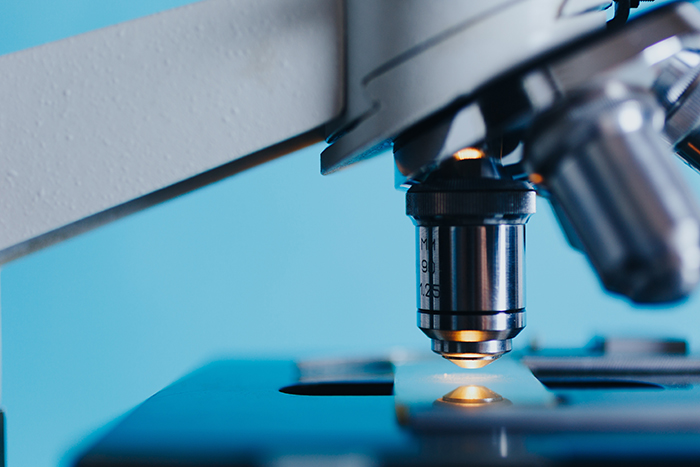Key Concepts to Understand in Microbial Forensics
Author :
Dr. Yvette Ghannam
Microbial forensics, gaining attention since the Anthrax attacks in 2001 (Guo et al., 2022), has roots in the late 19th century, using microorganisms as evidence for determining causes of death. This new investigative science analyzes evidence from bioterrorism acts, crimes, or accidental releases of microorganisms for attribution (Budowle et al., 2003). Early challenges included developing technologies to identify threats and attribute them. The FBI's Amerithrax investigation reignited interest, emphasizing the need for expertise in microbial forensics. Global partnerships are essential for advancing knowledge and policies in this field. The goal is to create a shared understanding of microbial forensics' capabilities and limitations to address the major risks posed by unauthorized biological agent use (Cross, 2019; DOJ, 2010).





